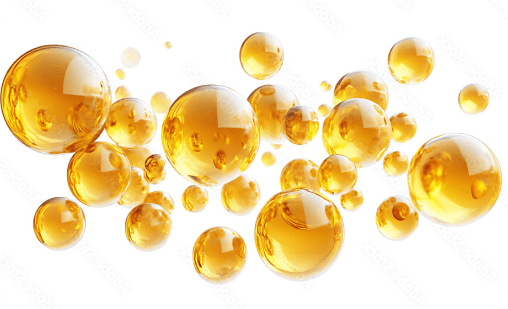How it Works
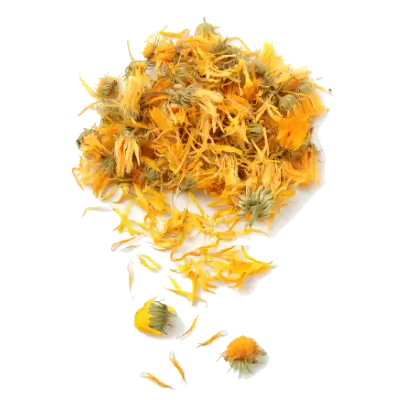
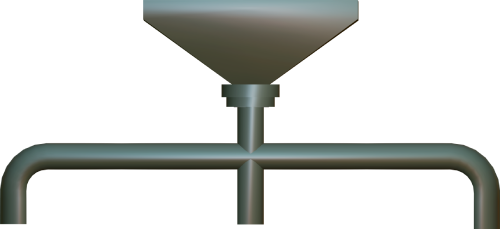
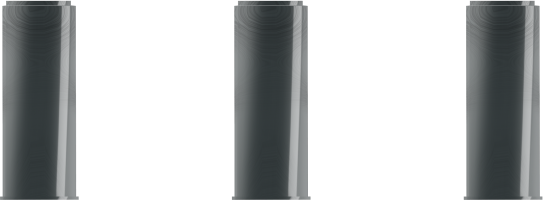

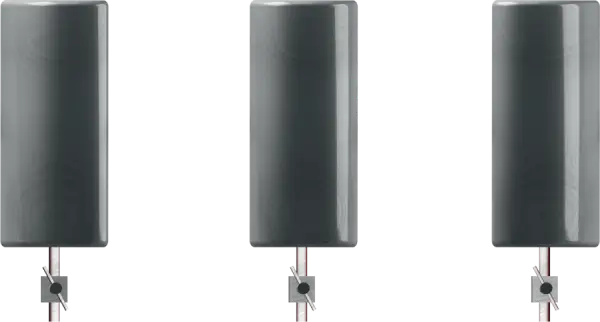
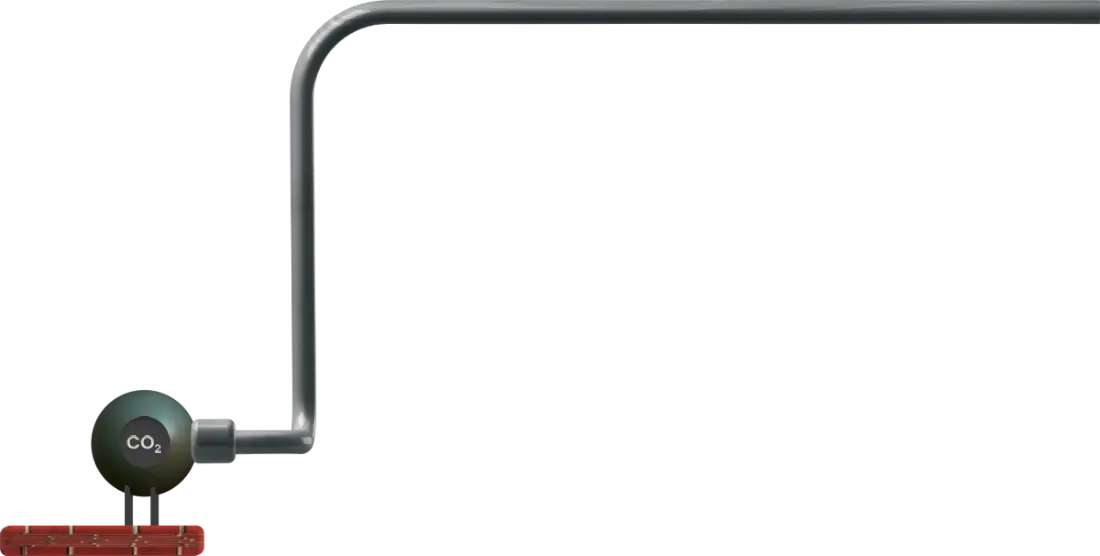

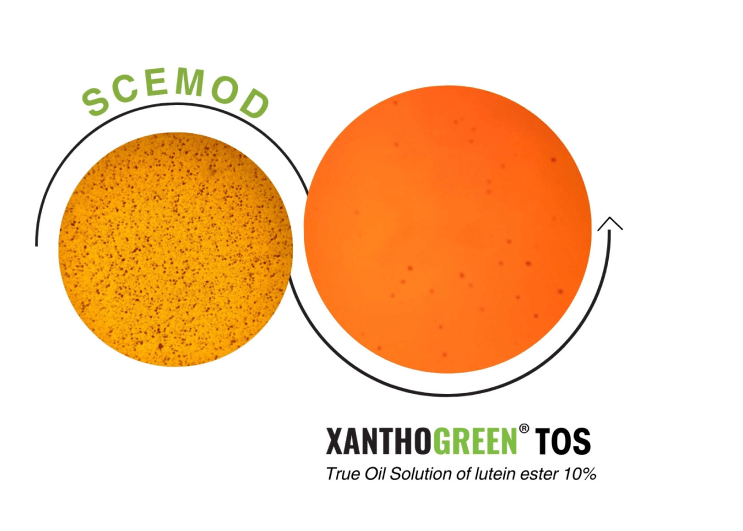
Navigating the Key Challenges in Lutein Supplementation with SCEMOD™
Super-critically Enabled Molecular Dispersion (SCEMOD™) technology helps convert lipophilic nutrients into a truly Oil-soluble form through a proprietary extraction process using optimum levels of temperature, pressure, and volume, resulting in the desired output of lutein ester oils, which is further formulated with a high oleic carrier medium.
Technology Benefits
Supercritically Enabled Offerings

Dose 200mg



Homogenous single phase, clean oil solution in lipid matrix
Dose 400mg

True oil solutions converted into Nano-emulsion for ready absorption and action in body
Dose: 134mg
FAQs
Xanthogreen® is a clinically validated, clean-label specialty lutein ester derived from marigold flowers. It is extracted using a patented single-stage supercritical fluid (SCF) process with green CO2 and further formulated with our proprietary technology platform (SCEMOD™) for enhanced solubility and improved absorption.
Highly lipophilic ingredients like lutein, CoQ10, and vitamins E and D, typically found in soft gel formats, are poorly soluble in carrier oils. This limits their absorption in the gastrointestinal tract (GIT) and leads to a higher rate of non-responders to these supplements.
Super Critically Enabled Molecular Optimal Dispersion (SCEMOD™) is a technology platform that stabilizes and solubilizes highly lipophilic ingredients using a high-oleic carrier medium. This process creates a true oil solution that can be converted into nano emulsions upon ingestion, facilitating better absorption.
The benefits include increased ingredient solubility, reduced first-pass metabolism in the liver, and enhanced absorption via the lymphatic route.
Typically, lutein extract manufacturers use class II solvents like hexane for extraction and harsh chemical reagents such as potassium hydroxide for de-esterification (the process of converting lutein esters into free lutein).
"Green CO2 " refers to carbon dioxide generated as a byproduct during ethanol synthesis from sugarcane molasses. The manufacturing process of Xanthogreen® exclusively uses green CO2 as the extraction medium, efficiently recycling it through multiple separation and reuse cycles. This sustainable method makes Xanthogreen® a clean-label ingredient, favoured by many for its positive health and environmental benefits.
Free lutein, commonly referred to as "lutein" or "free lutein," is found in foods like green vegetables and fruits. It is highly unstable when exposed to light, heat, moisture, and low pH conditions.
Therefore, it is crucial to stabilize free lutein in supplement formulations to maintain product integrity and stability throughout its shelf life, ensuring consumers receive the recommended dose. Free lutein from both diet and supplements is readily available for absorption, and lutein supplements are typically recommended to be taken with fat-containing meals to enhance absorption.
Lutein esters, on the other hand, are the esterified form of lutein, in which lutein is bound to fatty acids. Naturally found in marigold flowers, lutein esters are more thermodynamically stable, making them easier to incorporate into various delivery formats. Upon ingestion, digestive enzymes break down the esters, releasing the lutein from the fatty acids. Lutein ester supplements are generally not recommended to be taken with fat- containing meals, as the fatty acids naturally present aid in the solubility and absorption of lutein. Lutein esters have twice the molecular weight of free lutein, so dosage adjustments are necessary for comparative labelling (e.g., 10 mg of free lutein is equivalent to 20 mg of lutein esters).
Even with a well-balanced diet, supplementing with lutein can be beneficial. These carotenoids are often consumed in insufficient amounts through diet alone, particularly for individuals with higher needs, such as those exposed to elevated levels of blue light (from electronic devices) or those with age-related eye concerns. Beyond eye health, lutein supports skin health12 by improving hydration and elasticity, enhances cognitive function3 by boosting memory and attention, and helps combat oxidative stress45 in the body, contributing to overall well- being. Research6,7 indicates that the average lutein intake in North America is around 1.5 mg per day, while the recommended intake is 6 mg per day. Given evolving lifestyle factors, supplementation can be important to meet these nutritional needs.
This topic has been controversial for the past two decades due to mixed results. A few studies 8,9 indicate a higher response to lutein esters, with only one study showing statistically significant results. In contrast, one study10 suggests that free lutein is better absorbed than lutein esters, while other studies 10,11 show no difference between the two forms. However, these studies vary in the lutein doses administered, study designs, durations, and sample sizes. A recently published randomized crossover study, which uses participants as their own control, is considered a gold standard due to its well-defined characteristics and reduced inter-individual variability. This study found that lutein esters are absorbed slightly better than free lutein, though the difference was not statistically significant.
All active groups in the study are extracted through a single-stage SCF process from marigold flowers. The major differences between the groups lie in their final processing steps, lutein ester content, and dosages, as follows:
a)Xanthogreen® is standardized to contain 20% lutein esters. The dosage used in the study is 200 mg (equivalent to 20 mg of free lutein).
b)Xanthogreen® TOS is standardized to contain 10% lutein esters and is formulated with a high-oleic carrier (SCEMOD™ technology) medium to create a homogeneous true oil solution. This facilitates the conversion of lutein esters into nano emulsions upon ingestion. The dosage used in the study is 400 mg (equivalent to 20 mg of free lutein).
c)Xanthogreen® Ultra is standardized to contain 15% lutein esters. It follows the same manufacturing process as Xanthogreen® TOS, with one additional step where it is stabilized and pre-converted into nano emulsions, making it ready for absorption once ingested. The dosage used in the study is 134 mg (equivalent to 10 mg of free lutein)
SCEMOD™ technology enhances lutein esters by:
- Providing a significantly improved solubility profile-up to 20%, compared to conventional lutein, which is only 0.02%.
- Enhancing lymphatic absorption of nutrients, leading to faster accumulation of lutein in the retina. This process reduces first-pass metabolism by the liver, thereby increasing the total lutein available for portal circulation.
Xanthogreen® contains lutein esters and zeaxanthin in a natural 20:1 ratio, as both are extracted together from the same source: marigold flowers. This contrasts with other market offerings, where zeaxanthin is often extracted separately from a different source or refined separately from marigold flowers and then blended with lutein.
a) Superior Efficacy Profile: Among published clinical 14,15,16,17 studies, a 43% improvement in MPOD18 is considered the best result achieved after six months of supplementation with a 5:1 lutein and zeaxanthin blend. In contrast, Xanthogreen® delivered a 44% improvement in MPOD and over 50% improvement in contrast sensitivity in just three months. Consistent improvement was observed from four to twelve weeks.
b) Global Product Compliance: Xanthogreen® meets global regulatory standards due to its clean label, SCFE processing, and compliance with stringent contaminant regulations across various countries. Finished products powered by Xanthogreen® will be globally compliant.
c) Formulator Friendly: Its superior stability and organoleptic profile make it ideal for creating popular delivery formats like gummies, RTM powders, soft chews, and shots.
d) Better Cost-Value Proposition: With its fast-acting, superior efficacy profile and flexible dosing options (134- 400 mg per day), Xanthogreen® offers consumers excellent value at just 3.5-6 cents per dose. For more information, please contact us.
Yes, lutein esters can be taken with other supplements. They do not interfere with most nutrients and are often included in multivitamins or combined with antioxidants such as zeaxanthin, vitamins C and E, and zinc to support eye health. However, it is always best to consult a healthcare provider to ensure the combination is appropriate for individual needs.
There is no official recommendation for lutein intake based on age. However, based on adult studies, 21,22,23 children may require 5 to 10 mg of lutein esters per day. In the U.S., where children often consume lower amounts of lutein through their diet, supplementation may be beneficial. It is important to consult a healthcare provider to determine the appropriate dosage based on the child's needs and health conditions.
Ennature Biopharma has been an expert in carotenoid extraction since 2009, with a state-of-the-art high- pressure SCFE facility located in the foothills of the Himalayas, India. The site holds multiple regulatory accreditations, including EU GMP, and is inspected by the US FDA for compliance with 21 CFR 111 and 117. The company is fully backward integrated in its supply chain, including biomass, CO2, and extraction solvents, with a strong focus on traceability and sustainable sourcing.




